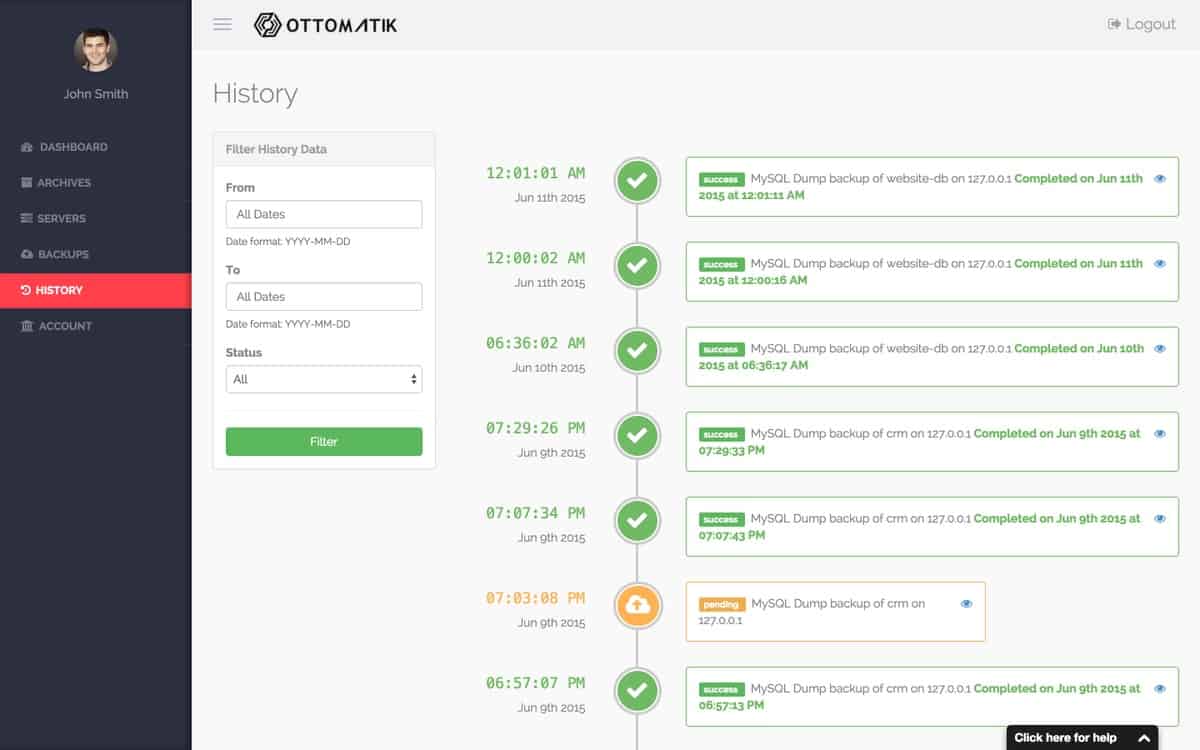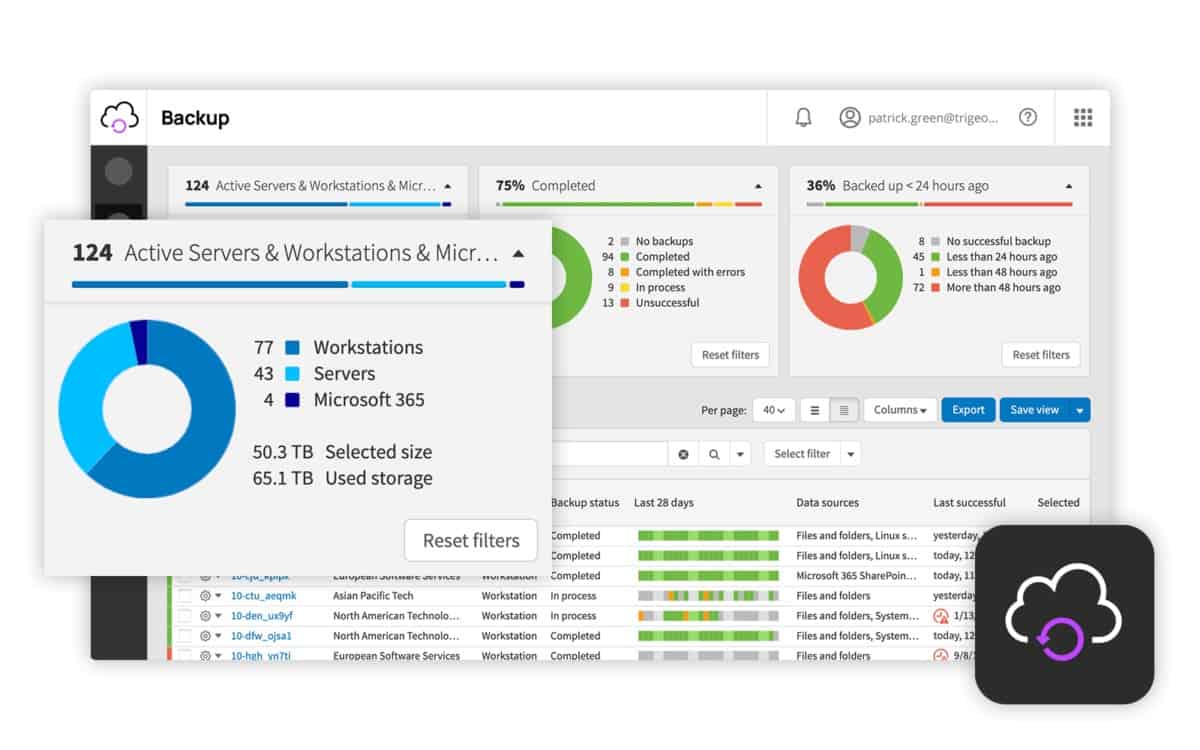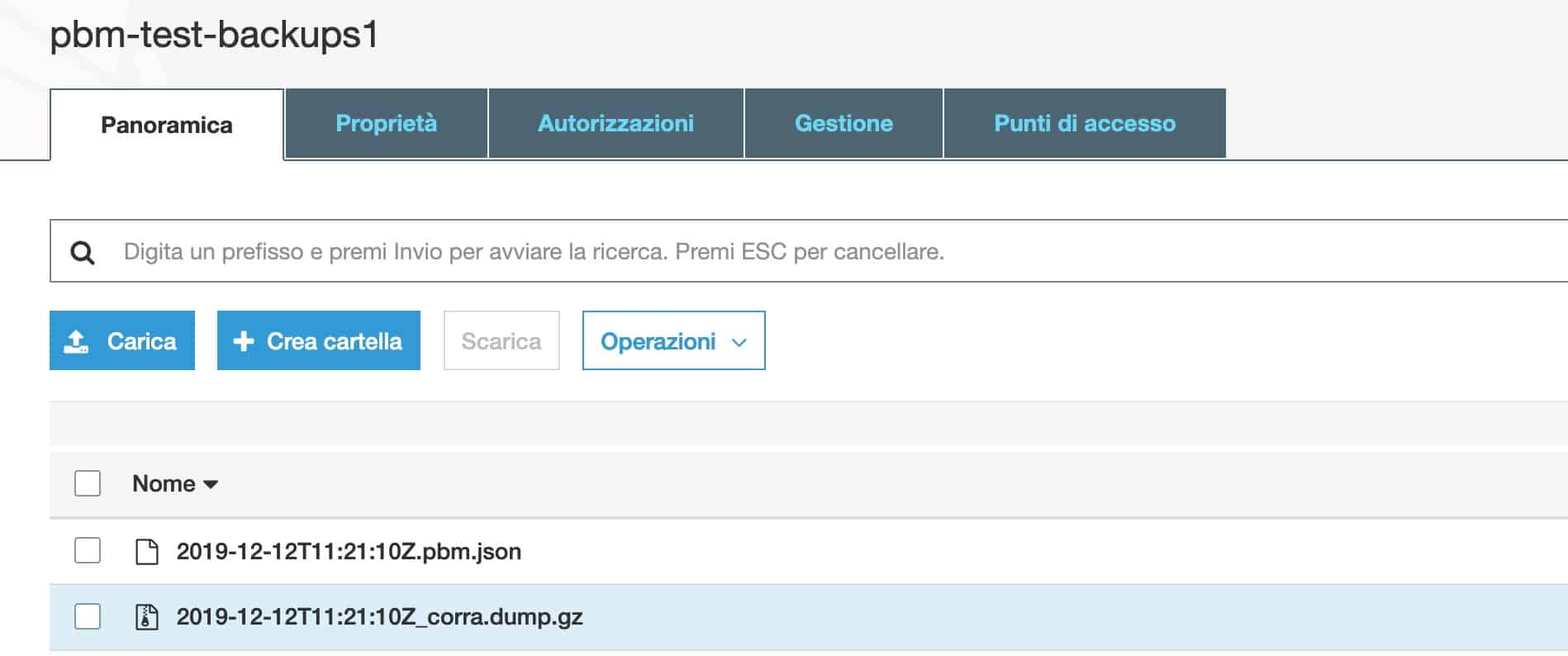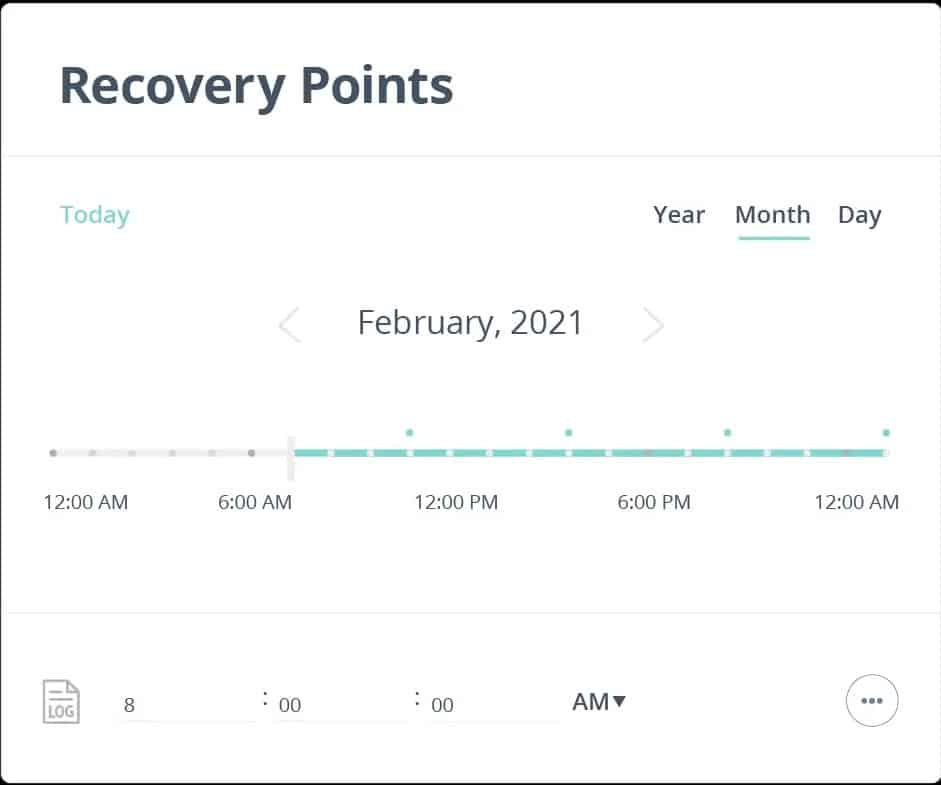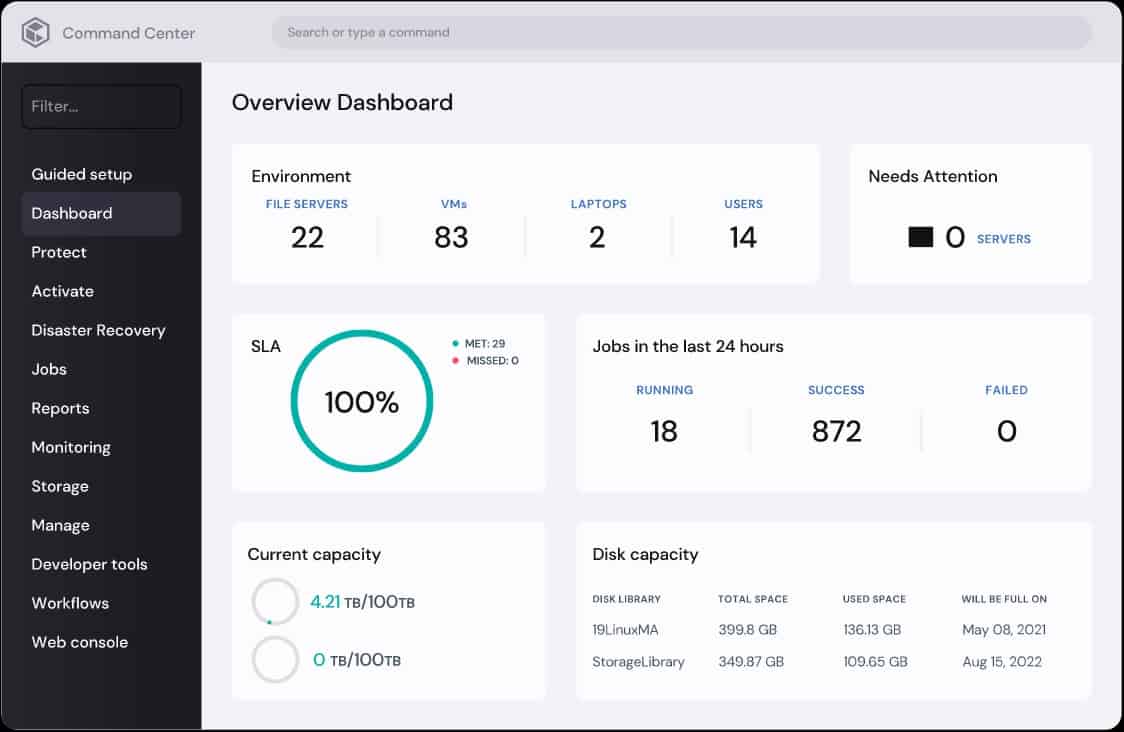MongoDB, a leading NoSQL database, is renowned for its flexibility, scalability, and performance in handling large volumes of unstructured data. Unlike traditional relational databases, MongoDB uses a document-oriented model, storing data in flexible, JSON-like BSON documents rather than rigid tables with rows and columns. While this design offers significant advantages for modern applications, it also introduces peculiarities that require unique programming skills and specific monitoring strategies.
One of MongoDB’s key peculiarities is its schema-less nature. While this provides developers with the freedom to design dynamic and evolving data structures, it requires careful planning and expertise to avoid issues such as inefficient queries, inconsistent data, or performance bottlenecks. Proper indexing is crucial for optimizing query performance, and developers need to understand MongoDB’s indexing strategies, such as compound indexes and text indexes, to fully leverage its capabilities.
Another aspect of MongoDB that requires unique programming skills is its support for horizontal scaling through sharding. Sharding distributes data across multiple servers for scalability but introduces complexity in data distribution, query optimization, and consistency management. Developers must design applications to handle these intricacies effectively.
Monitoring MongoDB presents its own challenges due to the dynamic and distributed nature of the database. Key metrics, such as replica set health, query execution time, memory usage, and connection utilization, must be closely monitored to ensure smooth operation. Third-party solutions provide visibility into these metrics.
Challenges also arise in managing write-heavy workloads, where MongoDB’s performance depends on factors like journaling, write concern levels, and storage engine configurations. Monitoring disk I/O and replication lag is essential to avoid data inconsistencies and performance degradation.
In summary, MongoDB’s peculiarities offer developers powerful capabilities but require specialized skills and dedicated monitoring to fully realize its potential while maintaining reliability and performance.
Here is our list of the best database backup tools:
- Ottomatik EDITOR’S CHOICE This cloud-based database backup system can cover databases created with MongoDB, MySQL, and PostgreSQL.
- N-able Cove Data Protection This SaaS platform offers disk and server backup options plus file-level copying, which would enable you to backup MongoDB.
- Percona Backup for MongoDB This free specialist package for MongoDB data management can coordinate clusters of databases and distributed implementations, ensuring that all copies are consistent. It runs on Linux.
- Rubrik Backup and Recovery This backup system has specialist processes for backing up, replicating, and recovering MongoDB databases. Available for Windows, macOS, Linux, and cloud platforms.
- Google Cloud Backup and DR This cloud-based service isn’t restricted to backing up Google Cloud services; it can also back up on-premises systems, including MongoDB instances.
- Commvault Backup and Recovery, This on-premises software package can protect MongoDB, SQL Server, MySQL, and Oracle databases, among others. It runs on Windows Server.
A MongoDB document collection is stored as a file, making it easy to copy into a backup location. When dealing with relational databases, the standard backup system needs first to get the database structure and contents into a file. Then, when repopulating the instance, the recovery process has to issues a series of SQL commands to rebuild database objects and populate tables. The backup and recovery process for MongoDB doesn’t require any of that work – it just needs files to be copied in one direction for backup and in the other direction for recovery.
In Unix and Unix-like operating systems, MongoDB files are held in /data/db. In Windows environments, the default directory for the system is C:\data\db. Your implementation might place that directory in another location with a path leading to the root of that database structure, such as E:\workingMongo\data\db.
MongoDB backup methods
It is pretty easy to just copy off the whole MongoDB database directory to some other location. However, if you use a complete server backup strategy, you will be taking the MongoDB files with it.
Another option is to get inside the MongoDB environment. This system reads the database files and presents the stored records in a meaningful way. With the strategy of extracting records for backup, you are taking the route that many SQL-based systems offer for data backup, which is the database dump. This writes out all objects and their records into a file. You then copy the set of files that the dump produces to a storage location.
The command for a database dump in MongoDB is mongodump. This writes out the database into the dump directory of the MongoDB instance file structure. It is essential to ensure that the dump directory is empty before running the command because the files that the system writes out are a complete set. If you ever want to restore the database, you need that complete set and nothing else in the dump directory. The command to put all of the data back into the database is mongorestore. Again, this operates on the files that it discovers in the dump directory.
MongoDB backup tools
You can automate the process of extracting a dump and moving the files by creating a batch job. Each extract gives you a full copy of the database. This allows you to create a version history, which would enable you to roll back to a specific point in time. For example, this would be useful if you discovered that the database had been damaged and the most recent backup occurred with that error in it.
A more straightforward way to manage the backup process is to get a MongoDB backup tool. Several backup systems give you options over how to work backing up MongoDB. Remember, you can just copy over the files, and there are backup tools that offer file backups, whole server backups, and application-specific backups.
The Best MongoDB Backup Tools
There are many backup tools on the market, and you can spend a lot of time investigating all of them. First, however, you need a way to focus on just a few sound candidate backup systems, which is the purpose of this guide.
Our methodology for selecting a MongoDB backup tool
We reviewed the market for systems to back up MongoDB and analyzed the options based on the following criteria:
- A range of backup strategies such as file movements, whole disk copies, or MongoDB dumps
- The opportunity to perform complete, incremental, or differential backups
- An ability to create local backups and also transfer backups to remote storage
- On-premises options as well as SaaS packages
- A secure system with encryption protection for data transfers
- A free trial or a demo system for a no-obligation trial
- A good deal from a comprehensive backup system at a fair price
We have identified some dependable backup and recovery systems for MongoDB with this set of criteria in mind.
You can read more about each of these options in the following sections.
1. Ottomatik
Ottomatik is a SaaS platform that offers unique processes to backup MongoDB. It is called the Backup Parachute. Ottomatik runs similar services for MySQL and PostgreSQL databases. Backups are extracted automatically, and recovery is available through the system interface with a simple point and clicks action.
Key Features:
- Deployment options: SaaS platform or Linux
- Manages multiple DBMSs: MongoDB, MySQL, and PostgreSQL
- Automated backups: Set your frequency preferences
- Alternative uses for the repository: Replication and migration
- Repository location options: Store locally and on the cloud
Why do we recommend it?
Ottomatik is a cloud-based service and it includes storage space for backup repositories in its plan price. The service provides a scheduled backup with an easy-to-command restore function. This package can backup files as well as databases, such as MongoDB. Database backups work by copying over a dump file.
The Ottomatik system provides a backup history with different versions to roll back to. It is also possible to use a backup for replication purposes or migrate a MongoDB database to another system.
As an alternative strategy, you could opt for the file backup service of Ottomatik to store away copies of your MongoDB database. You can choose to backup on one of your servers on another site or a cloud service. The Ottomatik system is compatible with Amazon S3, Backblaze, Dropbox, and Google Drive.
The data transfers to backup storage and in the other direction for recovery are protected by encryption. Furthermore, the Ottomatik dashboard is resident in the cloud, and account credentials control access to it. Therefore, it is possible to set up different user accounts on the systems and allocate different permission levels.
Who is it recommended for?
This package can back up a number of DBMSs, not just MongoDB – it will also protect PostgreSQL and MySQL. The packages start with the Hobby edition, which is free to use. This plan provides 1 GB of storage space, so you can back up multiple databases into the same storage.
Pros:
- Specific processes for MongoDB backup or a file backup service: Called the Backup Parachute
- Zero downtime option: Operates with a database dump
- Add your cloud storage: Ottomatik also includes cloud storage space in the plans
- Scalable plan options: Includes a Free edition
- Encryption protection for data transfers: Repositories are also encrypted
Cons:
- No local agent for Windows: Only for Linux
The Ottomatik service is offered in five plans that offer increasing levels of service. This stepped pricing structure makes the service suitable for businesses of all sizes. The main server for Ottomatik is based in the cloud, but it is necessary to install an agent program on the server that hosts your database. This on-site element also manages transmission security. These on-premises packages are only available for Linux distros. All plans are available for a 14-day free trial.
EDITOR'S CHOICE
Ottomatik is our top pick for a MongoDB backup tool because it is so easy to use. Installing the system’s local agent is very easy both for on-premises systems and cloud-based databases. The Ottomatik system takes care of getting regular backups without human intervention. The recovery process is straightforward to perform with just a point and click.
OS: Cloud-based
2. N-able Cove Data Protection
N-able Cove Data Protection has the capabilities to backup databases within the SQL Server, MySQL, and Oracle DBMSs. You might have noticed that MongoDB isn’t on that list. However, this is an excellent choice that you can use to go the file copy route for backing up the database.
Key Features:
- Backup MongoDB files: The database can be on premises or on Azure
- Full server backup option: Also incremental and differential backups
- Database backups: For SQL Server, MySQL, and Oracle
- Multi-tenanted: Suitable for MSPs
Why do we recommend it?
N-able Cove Data Protection is a service on a platform of tools that are designed for use by managed service providers. This offers MSPs the opportunity to add backup as a service to their clients. The Cove Data Protection system can be used to recover to new hardware and it also has archive settings.
N-able Cove Data Protection is available for IT Operations departments, but it is specifically designed to work for managed service providers (MSPs). This field of operations has specific requirements from all of its software. For example, an MSP needs to operate software and services on behalf of client businesses. It needs to run many different accounts, keeping the data utterly separate while allowing the same technicians to access the console for all accounts. This is a multi-tenanted architecture, and N-able Cove Data Protection has that.
So, if you are an MSP and need to provide a general backup service for clients, you would simultaneously be backing up MongoDB databases. N-able Cove Data Protection is a cloud-based service, and it includes secure storage space to hold backups. N-able also makes sure that those storage areas are backed up, automatically giving you a secondary copy.
Who is it recommended for?
This package is aimed at MSPs but there is nothing to stop businesses subscribing to the package to protect their own data. The service implements an incremental backup that works in the background. The plan includes storage space and provides the option for a local copy as well.
Pros:
- Offers a range of strategies: Takes file copies or backs up servers
- Bare metal backup possible: Can also backup a server down to the operating system
- Includes cloud storage space: You can also store locally
- Option to backup the Microsoft 365 SaaS package: copying the files stored on that platform
Cons:
- No on-premises version: Only offered as a SaaS package
N-able Cove Data Protection is available for a 30-day free trial.
3. Percona Backup for MongoDB
Percona Backup for MongoDB is an excellent choice because it is free. However, if you require professional support for your company insurance, you probably won’t be able to use this package because it is community-supported.
Key Features:
- Installs on Linux or cloud platforms: An open-source system
- Creates a backup through replication: Enables point-in-time rollbacks
- Free to use: Community-supported
Why do we recommend it?
Percona Backup for MongoDB is remarkable because it is free. This tool’s code is even available for customization. You run this software on Linux or you can install it on any of the major cloud computing services, which are Linux-based. Backup points let you roll back with this tool as well.
The Percona system is an on-premises package, but it can also be installed on Azure, AWS EC2, and Google Cloud Platform. The system is organized to send backup files to AWS S3 storage. However, if you have found a cloud storage system that is S3-compatible, that will work, too.
The Percona backup service won’t work on standalone databases – they have to be replicated. The Percona strategy is to treat the backup service as a replicated version of the original database. However, don’t worry; it is easy to alter the setup of your database to change its mode. Also, the Percona service doesn’t just rely on file copies or a database dump.
Who is it recommended for?
This is a good service for companies that don’t like paying for software. You do need to pay out for cloud storage space but, if you have multiple locations, copying backups to another site would be sufficient. A professional support service is available for a subscription and there is also a managed service option.
Pros:
- Direct backup of MongoDB: Not a file copy system
- Back on-premises or cloud-based databases: Choose your own targets
- Multipurpose: Use for replication or migration
Cons:
- No professional support: Seek help from the user community
A few shortfalls in the Percona option are that the system is only available for Linux – there is no Windows version. Another problem is that it is a command-line system without a graphical user interface. However, remember that you don’t have to pay anything for this package—download Percona Backup for MongoDB for free.
4. Rubrik Backup and Recovery
Rubrik has excellent capabilities for managing data held in relational databases, and it acquired equal expertise in NoSQL systems when it bought Datos IO in 2018. The Rubik Cloud Data Management platform includes a Backup and Recovery module that can manage the protection of MongoDB databases.
Key Features:
- Deployment options: Windows, Linux, macOS, or cloud platforms
- Backup locally and to cloud: You choose your strategy
- Deduplication: Saves space and time
Why do we recommend it?
Rubrik Backup and Recovery implements application-aware backups for MongoDB databases. Your database can be hosted on your premises or on a cloud platform. The backup system can take copies of data incrementally while the database is still live. It allows rollback points and can simultaneously restore replica sets.
This package has many deployment options and backup configurations. On-premises, it can install directly on a server’s operating system or a hypervisor. The package is also available as a service on major cloud platforms. You can choose to backup to a local network file system (NFS) or object storage, and it is also compatible with the primary cloud storage services – AWS, Google Cloud Platform, and Azure.
Rubrik cuts down on data redundancy in its backup copies through a deduplication process that spans the contents of many nodes. In addition, the system offers point-in-time recovery, meaning that you get a list of backups to roll back to.
Who is it recommended for?
A Rubrik account won’t just back up your MongoDB databases. It is also able to back up Microsoft 365 and cloud platform accounts. The other DBMSs that the package can protect include Oracle and SQL Server. The system includes procedures to prevent ransomware encryption of your repository.
Pros:
- Many other integrations: MongoDB backups are implemented by one unit from the library of integrations
- Hot backups: Let the backup extraction run while the database is in use
- Rollback points: Recover to a specific point in time
Cons:
- No incremental backup option: Implements application-specific snapshots
The on-premises version of Rubrik Back and Recovery will run on Windows, macOS, and Linux. The system can be assessed with a virtual demo.
5. Google Cloud Backup and DR
Google Cloud Backup and DR is a protection system for assets stored on the Google Cloud Platform and also on your own servers. The system can back up files and application data. The databases that the tool will protect include MongoDB, MySQL, SQL Server, and PostgreSQL.
Key Features:
- Incremental backup: Also full backup
- Application-level backup for MongoDB: Also SQL Server, MySQL, and PostgreSQL
- Virtual clones: To create testing environments
Why do we recommend it?
Google Cloud Backup and DR provides block-level incremental backups. This means that the tool doesn’t need to copy over whole files or segments, just any block that has changed since the last scheduled backup. This service can backup files and other DBMSs, not just MongoDB.
Google recently acquired Actifio to form part of the Google Cloud Backup and DR system. Actifio used virtualization as a data distribution method. The new GCP adaptation has done away with that. However, it does provide a cloning service that works with virtualization. This allows you to activate the backup and access it to explore the data within the database to ensure that the repository has the information you want to restore. You can then just copy back specific data or a rollback point rather than having to take all of the most recent version.
The GCP service is able to backup files, VMware VMs, Computer Engine VMs, and databases. The DBMSs that the package will back up are MongoDB, IBM Db2, SQL Server, MySQL, Oracle, SAP ASE, SAP HANA, SAP IQ, SAP MaxDB, and PostgreSQL. It will copy data directly from the database and also store the transaction logs.
Who is it recommended for?
This package isn’t limited to backing up MongoDB and it can protect your databases on GCP as well as those that you run on your own servers. You can choose where to store your repository and GCP offers its own storage space as an option.
Pros:
- Preview backups before recovery: Confirm that the data is at the version you wanted
- Recover to a different device: Migration or replication
- Unobtrusive backup scan: Runs every 15 minutes
Cons:
- Doesn’t back up other cloud platforms: Only services running on GCP or on your servers
Google Cloud Backup and DR is a metered service that is
billed retrospectively. You can choose to get a Google Cloud Storage account for your repository and even set up an archiving rule, sending older data to another target. You can examine the Backup and DR package with a $300 service credit.
6. Commvault Backup and Recovery
Commvault Backup and Recovery has capabilities for a long list of applications and databases. It can backup MongoDB and also DB2, Oracle, PostgreSQL, Hadoop systems, among others. The package is also available for backing up cloud database services.
Key Features:
- Native backup for databases: MongoDB, DB2, Oracle, PostgreSQL, and Hadoop
- Other backup choices: File-level, disk, or server backups
- Takes snapshots: Provides rollback points
Why do we recommend it?
Commvault Backup and Recovery is a great choice for many database administrators because it covers more DBMSs that its rivals. This is an on-premises system and so you need to subscribe to a cloud storage system separately. However, that also means that there are no throughput limits.
The Commvault service is very comprehensive and offers file backups and whole disk or server backups, which provides another strategy for backing up MongoDB instances. In addition, Commvault offers a range of data management services, including database replication and migration mechanisms, which can be run off the backups that the system stores.
The backup and recovery service can be laced into a comprehensive Commvault MongoDB management service.
Commvault implements MongoDB backups and data recovery process through the mongodump and mongorestore commands. In addition, the service saves a series of copies, providing several point-in-time documents to roll back to.
The Commvault Backup and Recovery system can manage several instances held on many sites for your business. This is configured as a central server and agents on each database host.
Who is it recommended for?
The MongoDB backup and restore service is more than just a file backup system that takes the base files of the database structure. You dump the database as a binary file for storage. The recovery can run the binary and let you pick specific objects to restore.
Pros:
- Uses native MongoDB backup systems: Not a file copy
- Consolidates processing for many instances: They can be running on many hosts
- Multiple uses: Replication or migration
Cons:
- It doesn’t include cloud storage space: Create your own repository
The server installs on Windows Server, and the agents are available for Unix, Linux, Windows, and Windows Server. Additionally, the Backup and Recovery service can be assessed through a demo system.
MongoDB backup FAQs
What are two MongoDB backup commands?
You can back up and restore a MongoDB database with two commands. Use mongodump to get a full dump of all MongoDB contents. Use mongorestore to recover data from a dump file back into the MongoDB system.
Where is MongoDB dump directory?
The directory in which mongodump output files are stored is the dump subdirectory of the bin directory. The system creates a deeper directory structure with a separate directory for each instance and the directory has the name of that instance. Dump files have the .bson extension.
Does MongoDB support incremental backup?
The native backup system of MongoDB doesn’t have an incremental backup option. You can get incremental backups with some third-party MongoDB backup tools.


